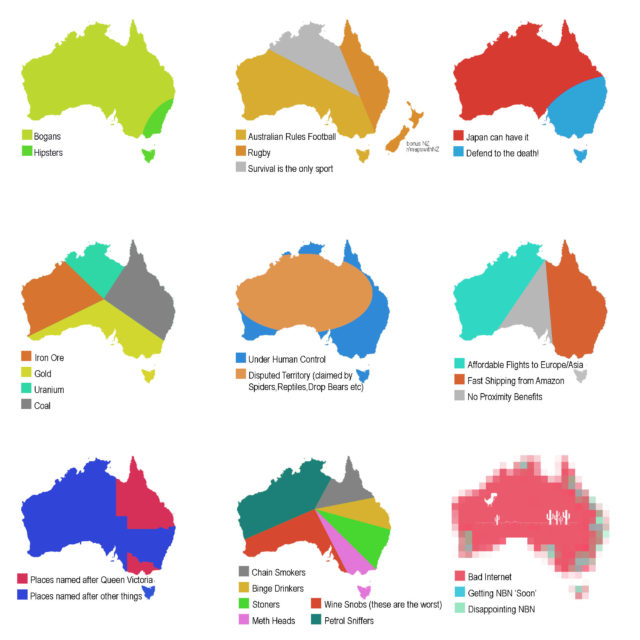Matt Ridley on the possibility that our current interglacial period — the time period during which all of human history has played out from before the start of agricultural civilization down to today — may be coming to an end:
In 1976 Nicholas Shackleton, a Cambridge physicist, and his colleagues published evidence from deep-sea cores of cycles in the warming and cooling of the Earth over the past half million years which fitted Milankovich’s orbital wobbles. Precession, which decides whether the Earth is closer to the sun in July or in January, is on a 23,000-year cycle; obliquity, which decides how tilted the axis of the Earth is and therefore how warm the summer is, is on a 41,000-year cycle; and eccentricity, which decides how rounded or elongated the Earth’s orbit is and therefore how close to the sun the planet gets, is on a 100,000-year cycle. When these combine to make a “great summer” in the north, the ice caps shrink.
Game, set and match to Milankovich? Not quite. The Antarctic ice cores, going back 800,000 years, then revealed that there were some great summers when the Milankovich wobbles should have produced an interglacial warming, but did not. To explain these “missing interglacials”, a recent paper in Geoscience Frontiers by Ralph Ellis and Michael Palmer argues we need carbon dioxide back on the stage, not as a greenhouse gas but as plant food.
The argument goes like this. Colder oceans evaporate less moisture and rainfall decreases. At the depth of the last ice age, Africa suffered long mega-droughts; only small pockets of rainforest remained. Crucially, the longer an ice age lasts, the more carbon dioxide is dissolved in the cold oceans. When the level of carbon dioxide in the atmosphere drops below 200 parts per million (0.02 per cent), plants struggle to grow at all, especially at high altitudes. Deserts expand. Dust storms grow more frequent and larger. In the Antarctic ice cores, dust increased markedly whenever carbon dioxide levels got below 200 ppm. The dust would have begun to accumulate on the ice caps, especially those of Eurasia and North America, which were close to deserts. Next time a Milankovich great summer came along, and the ice caps began to melt, the ice would have grown dirtier and dirtier, years of deposited dust coming together as the ice shrank. The darker ice would have absorbed more heat from the sun and a runaway process of collapsing ice caps would have begun.
All of human civilisation happened in an interglacial period, with a relatively stable climate, plentiful rainfall and high enough levels of carbon dioxide to allow the vigorous growth of plants. Agriculture was probably impossible before then, and without its hugely expanded energy supply, none of the subsequent flowering of human culture would have happened.
That interglacial will end. Today the northern summer sunshine is again slightly weaker than the southern. In a few tens of thousands of years, our descendants will probably be struggling with volatile weather, dust storms and air that cannot support many crops. But that is a very long way off, and by then technology should be more advanced, unless we prevent it developing. The key will be energy. With plentiful and cheap energy our successors could thrive even in a future ice age, growing crops, watering deserts, maintaining rainforests and even melting ice caps.




